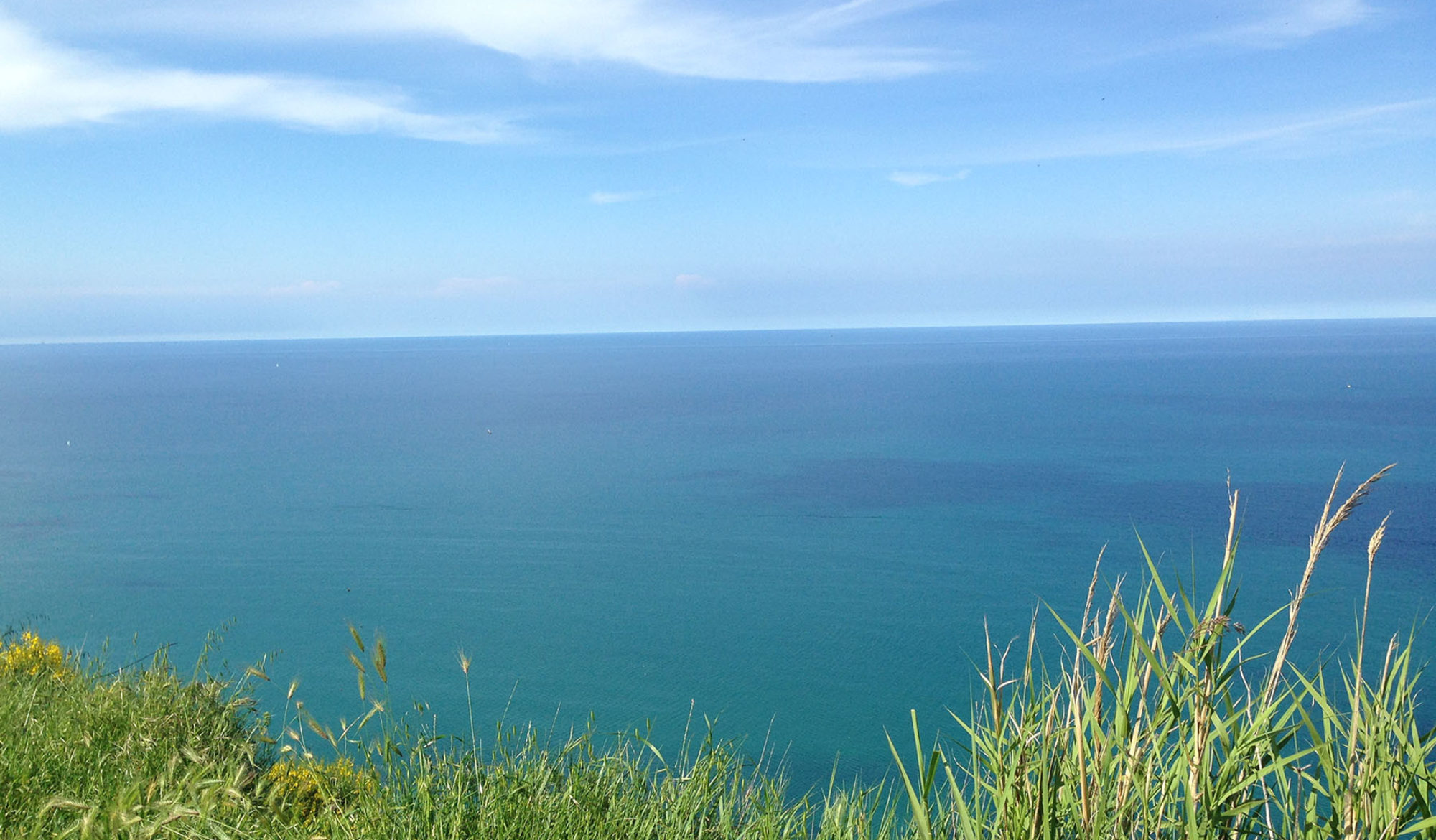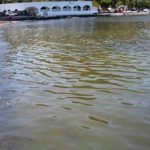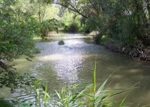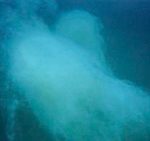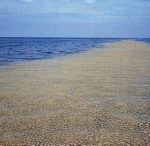HARMFUL ALGAL BLOOMS: they are caused by several species negatively impacting on human health, environment status and economic activities (aquaculture, fishery, tourism and recreational baths). HABs are investigated by several different aspects, including, their molecular taxonomy, phylogeny, phylogeography, genetic population, physiology, genome expression pattern of toxin’s production.
BIODIVERSITY: team studies the spatial and temporal patterns of microbial (phytoplankton) biodiversity in the coastal marine environment for understanding their patterns in relation to controlling factors, including abiotic (temperature, salinity, inorganic nutrients, hydrodynamism), and genetic (i.e. haplotypes, clusters and gene flow). Target organisms are eukaryotic phytoplankton, with emphasis to harmful species.
BIOTECHNOLOGY: application of technology to monitoring the diversity of microrganisms including toxic species and other species of ecological interest. The analysis/use of ribosomal gene sequences to identify eukaryotic microorganisms permits to select probes and primers to develop detection methods, as fluorescence by whole cell hybridization (FISH) and microarrays, or species-specific and identification and quantification of real time PCR. The latter is currently used to monitor changes in spatial and temporal diversity in marine phytoplankton, phytobenthos and as an early warning system for toxic algae in the Mediterranean basin.
SILICON & DIATOM ECOLOGY: study on growth and uptake rates of various marine diatom species in the presence of different silica sources in cultured conditions. Silicon availability is a key factor in the regulation of diatom growth, as it constitutes the diatom cell wall in its polymerized form, opaline silica. The aim of this study is the evaluation of the ability of diatoms, used as biological model, to assimilate dissolved silica from biogenic substrate (diatomaceous earth and spicule mats) and the characterization of the sponge spicule optical properties similar to those of industrial optical fibres. Studies on Gene expression of silicon gene transporters in marine diatoms under different structural silicon sources.

COASTAL DYNAMICS: Spatio-temporal studies on coastal physical-chemical and biological parameters are carried out to elucidate the processes that control coastal functioning. In particular, research is currently on primary productivity and environmental factor influence in relation to the hydrodynamic conditions of northern western Adriatic Sea and anthropogenic inputs.
Previsional models analysis on: (i) monitoring activity along the local coast (Pesaro-Urbino district); (ii) monitoring activity at the off-shore hydrocarbon platforms; (iii) action plan for the study of the riverine mouth of Foglia and Metauro.
ADRIATIC MUCILAGE FORMATION: its formation is a complex phenomenon that is not well understood yet. This phenomenon has been around for a long time in the Adriatic Sea. The gelatinous masses appear especially along both North western Italian and eastern Slovenian-Croatian coastlines. One mucilage formation hypothesis is that it is due to an alteration of equilibrium in the N/P ratio. This unbalance could change microalgal metabolism, mainly in diatoms, including benthic diatoms, causing mucilagenous production. Important is also bacteria that can play a significant role in mucilage formation. However, very important are the climatic conditions (i.e. water temperature, absence of wind). Our studies have the aim of chemically characterize the mucilage matter with spectrophotometrical methods and HPLC-RI methods, using a refractometer detector, and coupled with MASS SPECTROMETRY techniques. Moreover, we study autochthonous algal species subjected to nutritional stresses to well understand the mono-polysaccharides production.
TRACEABILITY IN MARINE FOOD CHAIN: detection of microbial pathogens in seafood of natural marine environment and aquaculture systems through the use of new molecular techniques, as the qrt-PCR based assay or using paramagnetic beads with linked species-specific probes. Further, standard protocols are also applied.
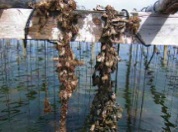
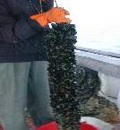
NW Adriatic coast aquaculture farms
